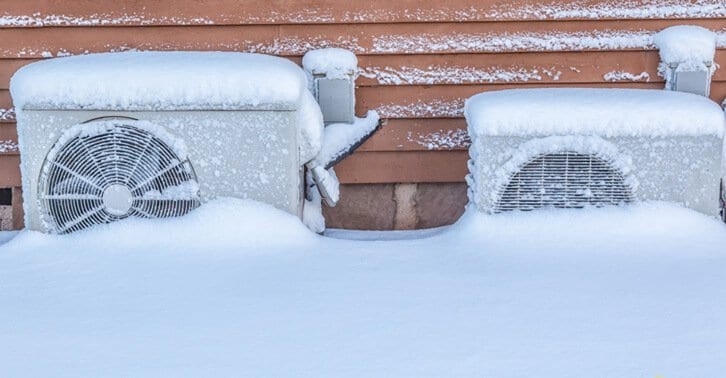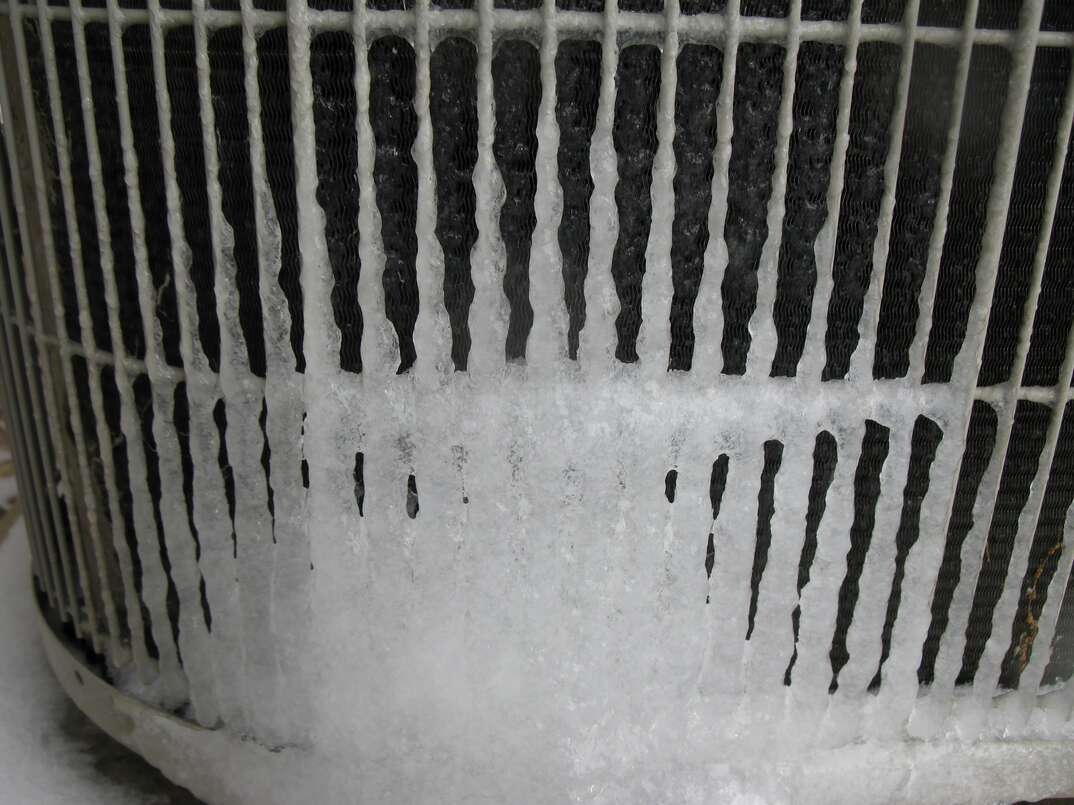Frozen AC Pipe - Causes and How to Fix the Problem
Frozen AC Pipe - Causes and How to Fix the Problem
Blog Article
The author is making several great pointers regarding Have a Frozen AC Line? Here’s How to Fix It as a whole in this article directly below.

Introduction
Discovering that your air conditioner pipeline is frozen can be worrying, especially throughout hot summer season when you depend on your air conditioner the most. Comprehending what to do in such a situation is crucial to stop more damages to your cooling system and ensure your convenience inside your home.
Comprehending the Causes
Several factors can add to the cold of an air conditioner pipe. Understanding these reasons can assist you address the problem effectively.
Absence of Airflow
One common source of an icy air conditioning pipeline is inadequate airflow. When the air flow over the evaporator coil is restricted, it can trigger the coil to go down below freezing temperature, leading to ice development on the pipe.
Low Refrigerant Levels
Insufficient refrigerant degrees in your a/c system can additionally cause an icy pipeline. Low refrigerant levels can cause the stress in the system to drop, bring about the cold of dampness on the evaporator coil.
Winter Conditions
In colder climates, freezing temperature levels outside can add to the freezing of a/c pipes. If your air conditioner unit is not correctly insulated or if there are leaks in the ductwork, chilly air can penetrate the system, triggering the pipe to ice up.
Dirty Air Filters
Dirty or blocked air filters can restrict air flow in your air conditioner system, resulting in various problems, consisting of a frozen pipeline. It's essential to replace or cleanse your air filters regularly to make sure proper air movement and avoid ice buildup.
Indicators of a Frozen Air Conditioning Pipe
Identifying the indications of an icy a/c pipeline is vital for prompt activity.
Reduced Airflow
If you notice a significant decline in airflow from your vents, it can show an icy pipe.
Ice Buildup on the Pipe
Visible ice build-up on the cooling agent line or the evaporator coil is a clear sign of an icy air conditioner pipe.
Strange Sounds from the Unit
Uncommon sounds, such as hissing or gurgling, coming from your air conditioner device can signal that there's ice existing on the pipeline.
Immediate Actions to Take
When confronted with a frozen AC pipe, it's vital to act rapidly to stop additional damages to your air conditioning system.
Switching off the air conditioner
The first step is to switch off your air conditioning system to avoid the system from running and worsening the issue.
Looking for Blockages
Check the area around the indoor device for any type of obstructions that might be blocking air movement, such as furniture or drapes.
Thawing the Pipe
You can make use of gentle methods like positioning towels soaked in warm water around the icy pipe to assist thaw it gradually.
Preventive Measures
Taking safety nets can help stay clear of future events of an icy air conditioner pipeline.
When DIY Methods Fail
If your attempts to thaw the pipe or address other issues are unsuccessful, it's time to call in an expert.
Significance of Hiring a Professional HVAC Technician
A licensed HVAC specialist has the competence and tools essential to identify and repair issues with your air conditioner system securely and successfully.
Routine Maintenance Checks
Set up normal maintenance checks with a specialist HVAC professional to ensure that your a/c system is running effectively.
Altering Air Filters
Frequently replace or clean your air filters to stop air flow restrictions and keep ideal efficiency.
Shielding Exposed Pipes
If your a/c pipes are revealed to cold temperature levels, think about shielding them to prevent cold during winter season.
Looking For Professional Help
If DIY techniques fall short to deal with the problem or if you're unclear about exactly how to continue, it's ideal to seek help from a certified HVAC technician.
Final thought
Taking care of an icy air conditioner pipe can be an aggravating experience, however understanding just how to react can aid decrease damages and recover convenience to your home. By comprehending the causes, recognizing the signs, and taking prompt action, you can effectively address the concern and protect against future incidents.
G UP? HOW TO FIX IT?
It happens all over America. And the rest of the world probably. It’s the hottest day ever and for some darn reason your AC isn’t cooling the house. You fiddle with the thermostat to try and fix the problem. Nada. All you can do now is go outside and check the AC unit. You make your way there and find your air conditioner unit is frozen! But how?
In this post we’ll cover how you can tell that your air conditioner has frozen (other than the obvious reasons), what could have caused the freeze, and some of the things you can do about your AC freezing up. And if you have a frozen heat pump condenser, read our blog about it to learn what to do! But remember, it is always best to avoid your AC freezing up with an AC tune up. And if you are moving into a home, it's critical to get HVAC inspection so that you are aware of an AC problems before you move in.
Keep reading and you may be able to fix the frozen AC yourself. If you can’t, call an HVAC specialist. If you live in Maryland, call SuperTech HVAC for AC repair. We’ll take care of it.
How Does An Air Conditioning Unit Work?
How you probably imagine an AC works is wrong. Contrary to popular belief, an AC system does not inject cool air into a building. Instead, it removes the heat from inside and transfers it outside. Cool huh? (Pun intended).There are 4 major components among the 3 stations of an air conditioning system: the evaporator coil, the compressor, the condenser, and the refrigerant – a special chemical that links everything together through a closed loop system.
Station 1:
Warm indoor air is sucked into the return vent, through a filter, and blows over the evaporator coil. The heat is absorbed into the cold refrigerant, turning it from liquid to gas. The air, which is now cool, is blown back into the home to areas that your thermostat, i.e. you, has decided.
Station 2:
The refrigerant makes its way outside the house to the compressor, which squeezes the warm refrigerant, raising its gaseous temperature even more.
Station 3:
When the super hot vapor refrigerant reaches the condenser, the last step, the heat is expelled and absorbed into the outdoor air. The refrigerant instantly cools, which changes it from gas back to liquid form. The cold liquid refrigerant is now ready to return to station 1 and repeat the process.
Is Your AC Freezing Up? Here Are The Signs:
As you may have guessed, your air conditioner unit freezing up on a hot day is not normal.
If this happens, there's no need to panic. Often the issue can be solved with a little troubleshooting. If the AC unit is left frozen for too long however, you may find yourself with a bigger problem.
First things first, how do you know your AC is frozen?
Well, the obvious sign is the ice on your refrigerant line-set pipe. Simply check between your outdoor AC unit and your home's exterior wall to see whether your AC line frozen.
You might also have a frozen evaporator coil. This one's not as easy to check. You'll need to open a panel on the indoor unit to inspect. Don't do this unless you're handy. If you aren't, call an HVAC pro like SuperTech HVAC or you may damage something in the process.

I'm certainly very serious about What Do I Do If My AC Pipe Is Frozen and I'm hoping you enjoyed reading our entry. Sharing is good. Helping people is fun. We thank you for reading our article about How can I fix an air conditioner’s frozen pipe?.
Estimate Free Report this page